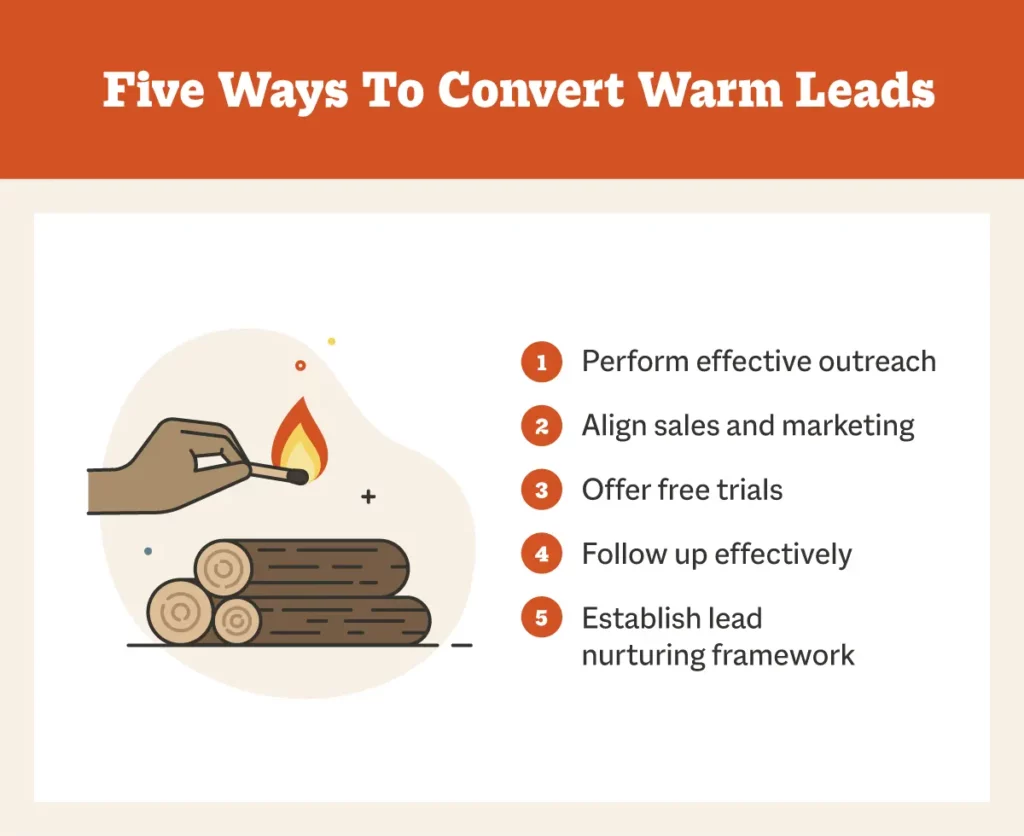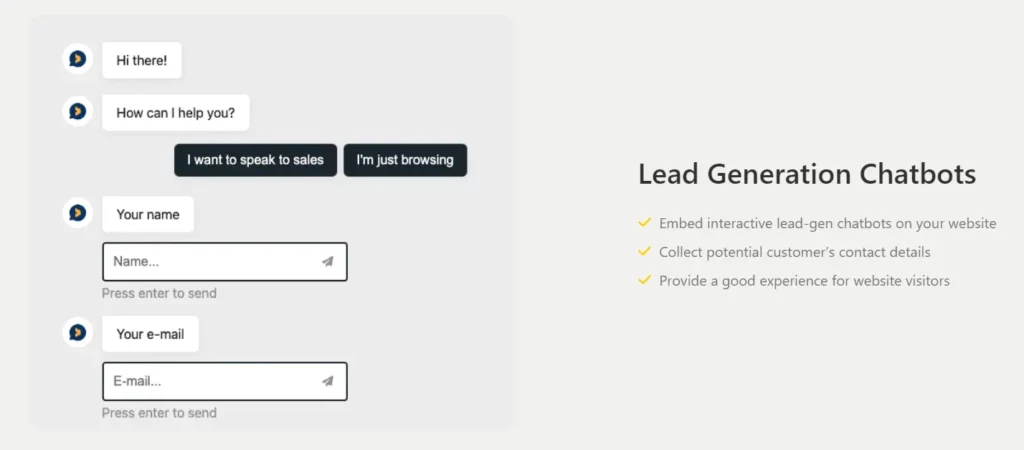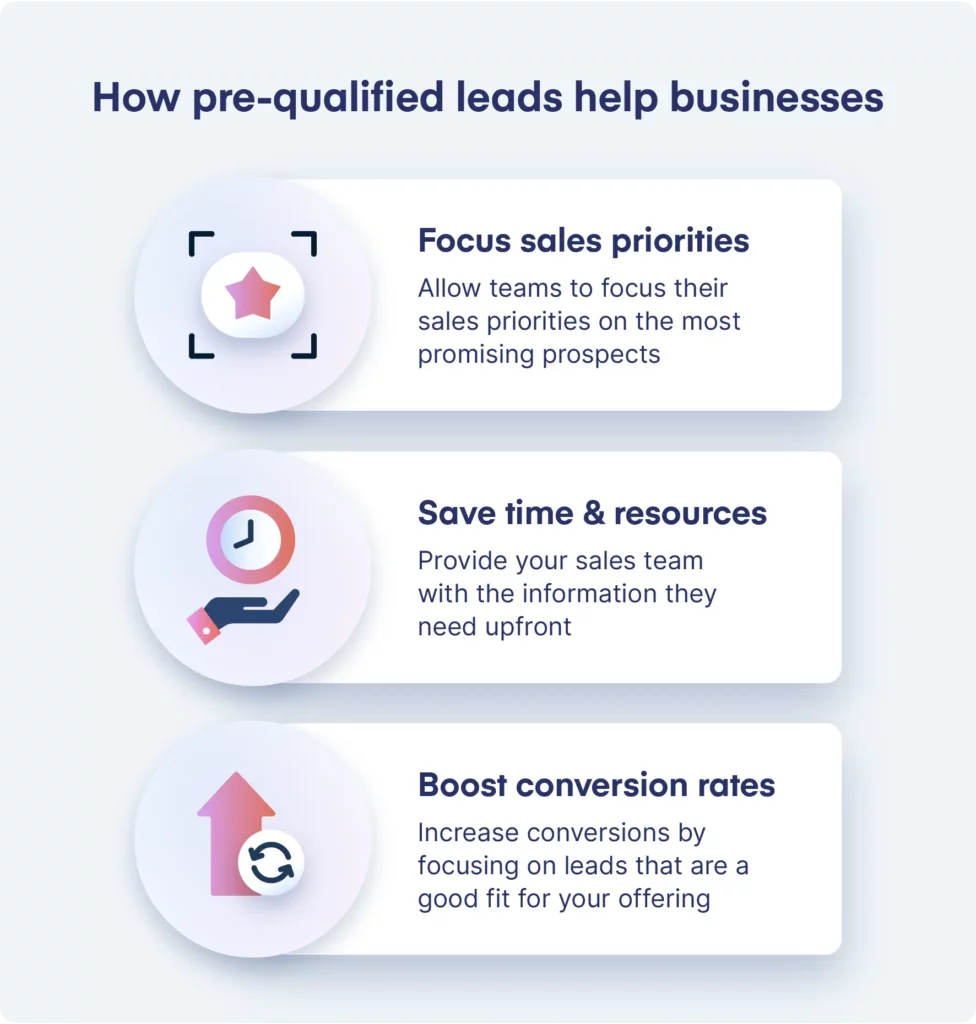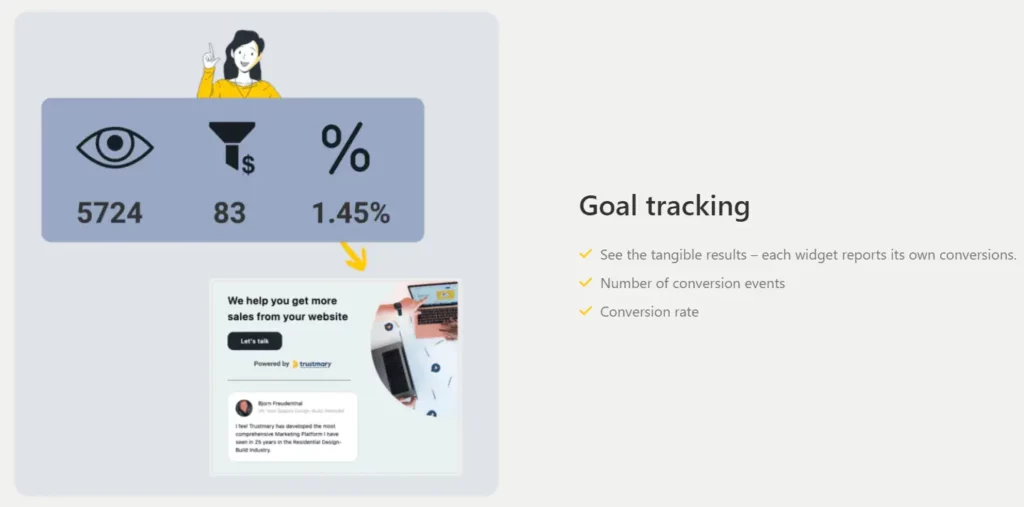How Do You Qualify Inbound Leads


Qualifying inbound leads can be challenging as the sheer volume of leads that you receive can overwhelm your resources, making it difficult to manage effectively.
Inbound leads can vary widely in terms of their readiness to purchase and fit with the product or service offered. Often, these leads provide limited information upfront, compelling further engagement and qualification efforts.
Understanding their specific needs and pain points requires personalized communication and probing, which can be time-consuming. Balancing the need to qualify leads with other priorities in sales and marketing can further complicate the process.
Consistency in qualification criteria and processes across different leads and team members is essential but can be difficult to maintain.
So, in this blog post, we explore how to actually qualify inbound leads, so you convert the maximum footfall whilst onboarding only the right customers or clients.
But first, let’s observe the:
6 Types Of Inbound Leads
Leads acquired through inbound channels are seldom cold. However, the better you understand the distinctions between these types of leads, the better you can connect with them and convert them accordingly.
Warm Leads
Warm leads are individuals who have shown some level of interest or engagement with your brand, product, or service. They may have interacted with your content, followed you on social media, or signed up for your email list.

While they have demonstrated some interest, they may not be actively seeking to purchase at the moment. Nurturing warm leads involves providing them with valuable information, staying engaged with them through relevant content, and gently guiding them toward a purchase decision over time.
To get someone to give their contact information to you, you need to build trust and place trust signals in strategic places in on the search journey.
Hot Leads
Hot leads are prospects who are highly interested and likely close to making a purchase. They may have initiated contact with your sales team, requested a demo or consultation, or shown other strong buying signals.
They require immediate attention and a focused sales approach to capitalize on their readiness to buy. Providing them with personalized and timely information, and addressing their specific needs can help convert these hot leads into customers quickly.
Here’s where Trustmary’s lead generation chatbot comes in handy.

It’s a simple plug-and-play user-friendly widget that you can install on your website to let these hot leads have real-time conversations with your brand. Instant engagement, 24*7 operations, and personalized interactions help you qualify them and get them to be your customers faster.
Information Qualified Leads (IQL)
Information Qualified Leads are prospects who have provided basic information about themselves, such as contact details or job title, which allows you to qualify them as potential leads.
These leads may have engaged with your content or website in some way but have not yet demonstrated clear buying intent. Nurturing IQLs involves further understanding their needs and interests through targeted marketing efforts and gradually moving them through the marketing funnel.
Marketing Qualified Leads (MQL)
Marketing Qualified Leads are leads that have shown more interest and engagement with your marketing efforts, indicating a higher likelihood of becoming customers. They may have interacted with multiple pieces of content, attended webinars, or repeatedly visited your website.
MQLs are typically passed from marketing to sales for further qualification and nurturing. Marketing teams often use lead scoring or grading systems to identify MQLs based on specific criteria and behaviors.
Sales Ready/Accepted Leads (SRL)
Sales Ready or Sales Accepted Leads are prospects that the sales team has deemed ready for direct sales engagement. These leads have typically been further qualified based on specific criteria such as budget, authority, need, and timeline (BANT).
SRLs have demonstrated a higher level of intent and readiness to engage with the sales process, making them prime targets for sales outreach and conversion efforts.
Sales Qualified Leads (SQL)
Sales Qualified Leads are those prospects that have successfully passed through the filter test of your sales team and are tagged ready for direct sales efforts. These leads have met specific criteria established by the sales team, such as budget availability, decision-making authority, and alignment with the ideal customer profile.

SQLs are often at the final stages of the sales funnel and require personalized attention and tailored solutions to close the deal successfully.
How Do You Qualify Inbound Leads?
When you're getting leads coming in, you want to make sure they're the real deal, right? So, before you add them to your list of potential customers, you gotta do a quick check. This check involves making sure their email is legit, confirming they're an actual person, and seeing if their website is for real too.
This is, what we call, the pre-qualification process. And the best part is you can automate this whole process. How?

Well, use an email validation service or library to check if the email provided by the lead is valid. Services like this can be integrated into your system via APIs. Then, verify if the email address exists on the domain by sending a test email or via other methods provided by the validation service.
Utilize social media or in-person professional networks to verify the identity of the person associated with the email. LinkedIn, for instance, can be a valuable resource to check if the person's profile matches the information provided.
Now, go detective on their website. Check for signs of a reputable business such as an About Us page, contact information, SSL certificate, etc. You can use web scraping tools or website analysis APIs to gather this information automatically.
Set up rules and criteria for lead acceptance based on the results of the verification process. If the lead passes all checks, add them to your list of potential customers. Otherwise, discard or flag the lead for manual review.
(Integrate this automated process with your CRM or lead management system to streamline the workflow.)
This way, you keep your list clean and focused only on leads that have real potential.
By automating this check, you save time and make sure you're chasing after leads that are worth your effort.
Categorize Based On Lead Type
After the pre-qualification process, it's important to categorize your inbound leads based on their type. This helps in understanding their level of interest and readiness to engage further with your products or services.
Let's say you run an online clothing store. Here's how you might categorize your inbound leads:
- Warm Leads: Newsletter subscribers who haven't purchased.
- Hot Leads: Cart users are yet to complete checkout.
- Information Qualified Leads (IQL): Accessed style guides or sizing charts.
- Marketing Qualified Leads (MQL): Engaged in virtual fashion events or Q&A sessions.
- Sales Ready/Accepted Leads (SRL): Directly contacted sales for product/pricing.
- Sales Qualified Leads (SQL): Participated in one-on-one consultations showing strong buying intent.
By categorizing leads like this, you can focus your efforts on nurturing each group appropriately, whether it's sending targeted email campaigns, offering personalized recommendations, or providing direct sales support.
Once you’re done with categorization, identify your different sources as your inbound leads could be coming from your website contact form, a downloadable ebook you are giving away, your chatbot, a webinar, etc.
Each of these sources attract a specific kind of audience. So, categorizing leads by their source channels is also important.
This process may also be automated. For example, leads of people downloading an ebook that is related to your business offerings may all be automatically tagged as an MQL and be sent to the relevant step in the sales cycle.
Qualify Leads Using The BANT Framework
The BANT framework is a method used to qualify leads based on four key criteria:
- Budget: Does the prospect have the budget to buy from you? This involves assessing whether they have allocated funds for the product or service you offer.
- Authority: Does the lead have the decision-making power within their organization to make a purchase? It's important to determine if they can influence or approve buying decisions.

- Need: Is there a genuine need or problem that your product or service can solve for the lead? Understanding their specific pain points and requirements is crucial in determining whether your offering aligns with their needs.
- Timeline: What is the lead's timeframe for making a purchase or implementing a solution? This involves identifying whether they have a sense of urgency or a specific timeline for addressing their needs.
Once you've evaluated an inbound lead based on these criteria, you can determine whether they are qualified to move forward in your sales cycle.
If they meet the BANT criteria, it indicates that they are likely a good fit for your offering and are ready for more direct sales engagement. You can then pass them on to the appropriate stage in the sales process — such as scheduling a demo or presenting a proposal.
On the other hand, if a lead doesn't meet all of the BANT criteria, it doesn't necessarily mean they're not interested or won't become a customer in the future. In such cases, it's important to continue nurturing the relationship by providing valuable information, addressing their concerns, and staying in touch until they are ready to progress further in their buying journey.
Improve Your Lead Qualification
Initially, you may assume that certain inbound sources, like downloads related to your business offerings, automatically qualify as MQLs. However, in practice, you may find that these leads are Warm Leads rather than fully qualified MQLs.
This discrepancy highlights the importance of analyzing the effectiveness of each inbound source accurately.
To do so effectively, you must keep every marketing asset and channel separate. By doing this, you can accurately track the performance of each source and identify what works well and what doesn't. This includes separating leads from your website contact form, downloadable resources, chatbot interactions, webinars, and any other marketing channels you utilize.
For example, Trustmary’s lead generation forms widget helps you better qualify your leads by trigger forms. This allows you to target website visitors based on their type — returning, campaign, and exit-intent.
Determine key metrics to benchmark the performance of each inbound source. This could include conversion rates, lead quality scores, customer acquisition costs, and sales conversion rates.

After this, analyze the results. Identify which sources are generating the highest quality leads, driving the most conversions, and delivering the best ROI. Also, pinpoint sources that are underperforming or not meeting expectations.
Use your analysis to inform iterative improvements to your inbound lead generation and qualification strategy. This might involve reallocating resources to high-performing channels, optimizing underperforming channels, refining messaging and targeting strategies, or experimenting with new channels or marketing assets.
Final Words
By understanding the characteristics of your ideal customers and implementing a thoroughly systematic approach to assess their readiness to buy, you can afford to focus only on leads with the highest potential for conversion.
Through this blog post, we've explored the step-by-step process and frameworks for qualifying inbound leads, such as BANT, and categorizing leads based on their source channels.
It's not just about the number of inquiries you receive about your product. What matters more is attracting the right prospects who are genuinely interested, engaging with your content, and eagerly waiting to buy from you because you've positioned yourself as their top choice.